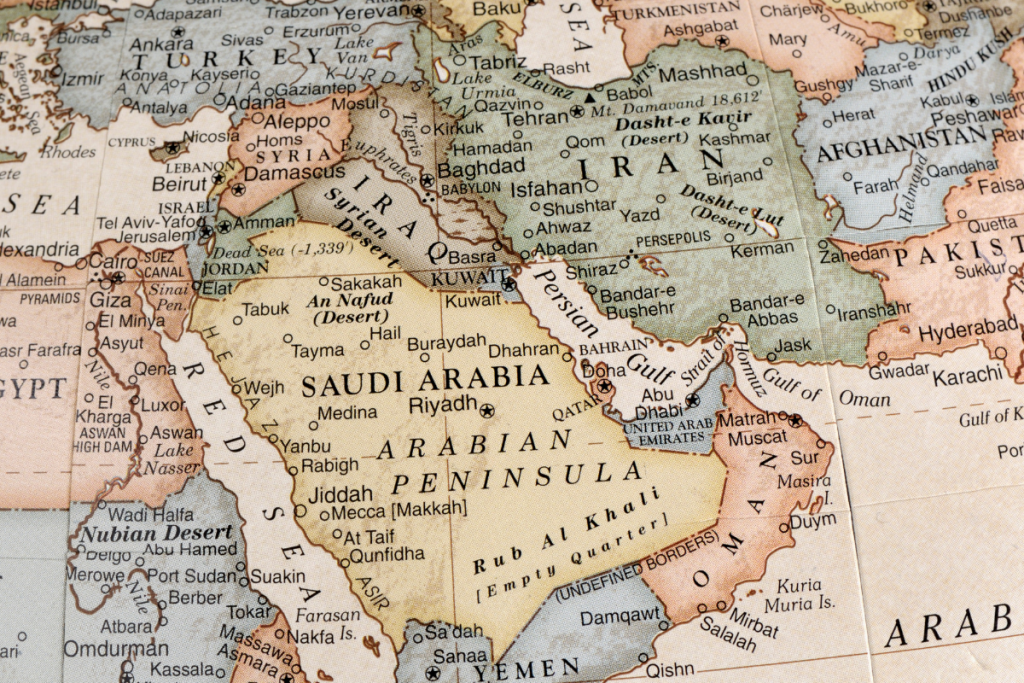As Middle East tensions strain global logistics infrastructure, new Gartner analysis outlines urgent supply chain priorities, from reconfiguring transit routes to confronting a wave of cost pressures. Red Sea slowdowns and Strait of Hormuz risks are only part of a broader disruption pattern that is reshaping operational planning and resilience strategies.
Bottlenecks Multiply Across Key Trade Corridors
Gartner warns that logistics disruptions tied to the Israel-Iran conflict are affecting multiple high-volume chokepoints, with compounding effects on global goods movement. Container traffic through the Suez Canal remains sharply below pre-crisis levels, as major shipping lines continue rerouting to avoid Red Sea security threats, extending lead times and inflating freight costs. At the Strait of Hormuz, rising tensions are prompting rerouted tankers, delays, and port congestion.
Ports across the Gulf and Eastern Mediterranean. including Jebel Ali, Khalifa, Dammam, and Haifa, are experiencing intermittent service interruptions, increasing the risk of inland backlog and resource strain. Meanwhile, demand for Asia-Europe rail freight has spiked, adding booking delays and congestion to Eurasian rail corridors. According to Gartner, this convergence of pressure points is forcing organizations to model multimodal options and shift volumes to less affected ports, where feasible, to preserve flow continuity.
Cost Volatility Forces Budget Realignment
Energy price swings, extended transit times, and rising insurance premiums are inflating operational costs across the board. Gartner urges supply chain leaders to engage CFOs early, quantifying the full impact of rerouting, added inventory buffers, and new technology investments. Volatility in crude oil and LNG markets has raised fuel surcharges, while war risk insurance premiums for Middle East-bound shipments have sharply increased.
Underinvestment in visibility and scenario modeling tools has left many firms exposed. Gartner suggests now is the time to reframe technology investment as a cost-control enabler rather than a discretionary upgrade. Higher costs aren’t just hitting transportation, they’re also embedded in inventory holding, raw material availability, and contingency procurement. Cross-functional alignment between finance and supply chain functions is now critical to prevent reactive decision-making and margin erosion.
Rethinking Resilience Through a Strategic Lens
Rather than treating resilience as a static checklist, Gartner argues the current crisis should prompt a re-evaluation of supplier concentration, geographic exposure, and risk tolerance across the supply network. The 2024 Gartner survey showed that 46% of chief supply chain officers cited resilience and redundancy as primary drivers of network design changes, now being tested in real time.
Organizations with diversified suppliers and pre-validated alternate routes are better positioned to manage cascading risks. However, many firms remain overly dependent on regional partners or single-source inputs vulnerable to disruption. Gartner recommends conducting cost-benefit analyses not only on alternative suppliers but also on product portfolios to identify high-risk SKUs, over-reliance on specific geographies, or exposure to critical raw material bottlenecks.
From Passive Preparedness to Active Positioning
A shift is underway, from reactive resilience to proactive positioning. The most exposed firms are those still treating geopolitical disruptions as temporary anomalies, rather than as recurring variables in operational strategy. Lessons from the Red Sea and Strait of Hormuz disruptions show that resilience cannot rely solely on rerouting; it requires upfront investment in redundancy, diversification, and rapid-response infrastructure. As Gartner suggests, the current Middle East conflict should not only sharpen today’s contingency planning but reframe tomorrow’s network architecture.







